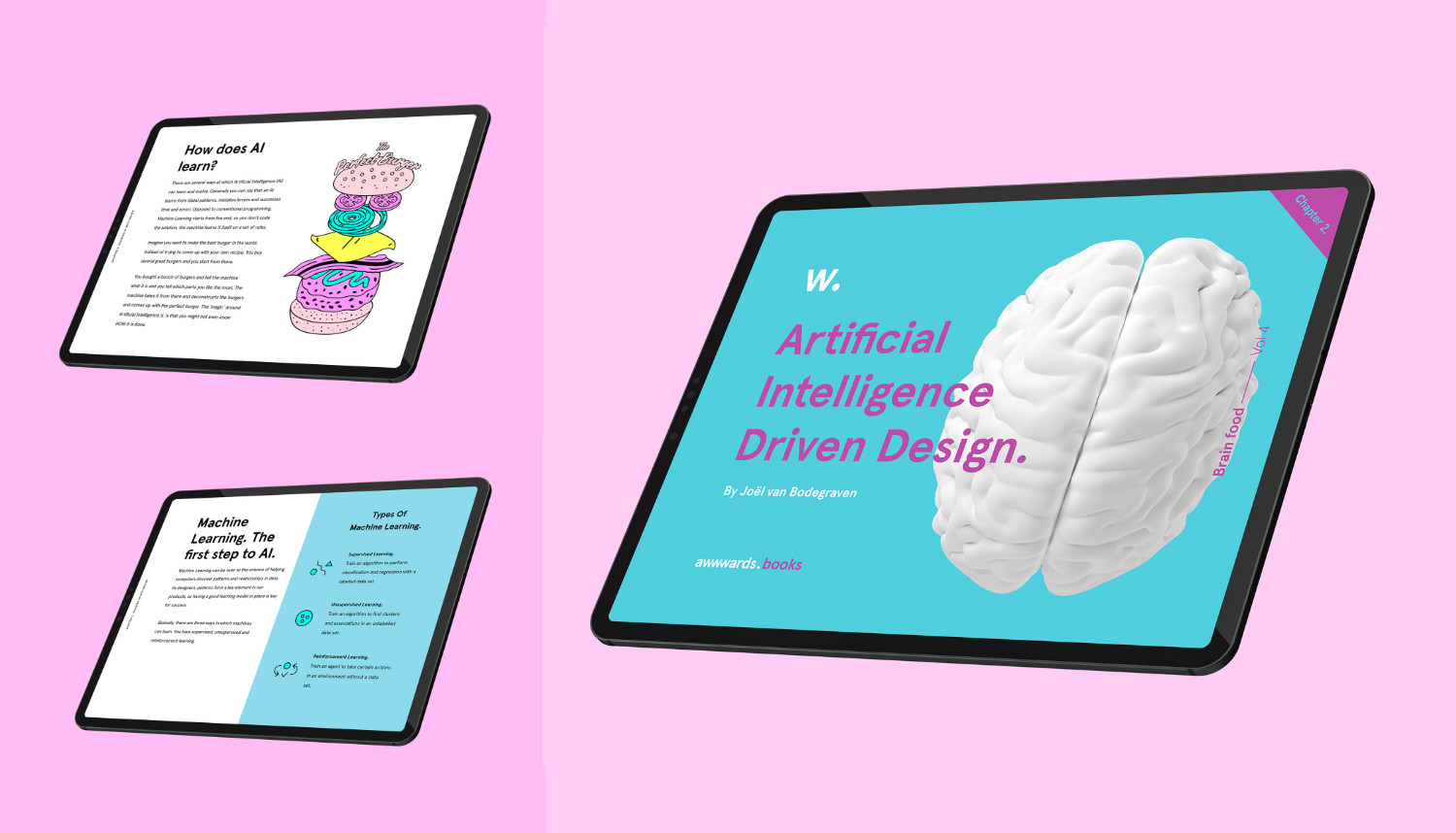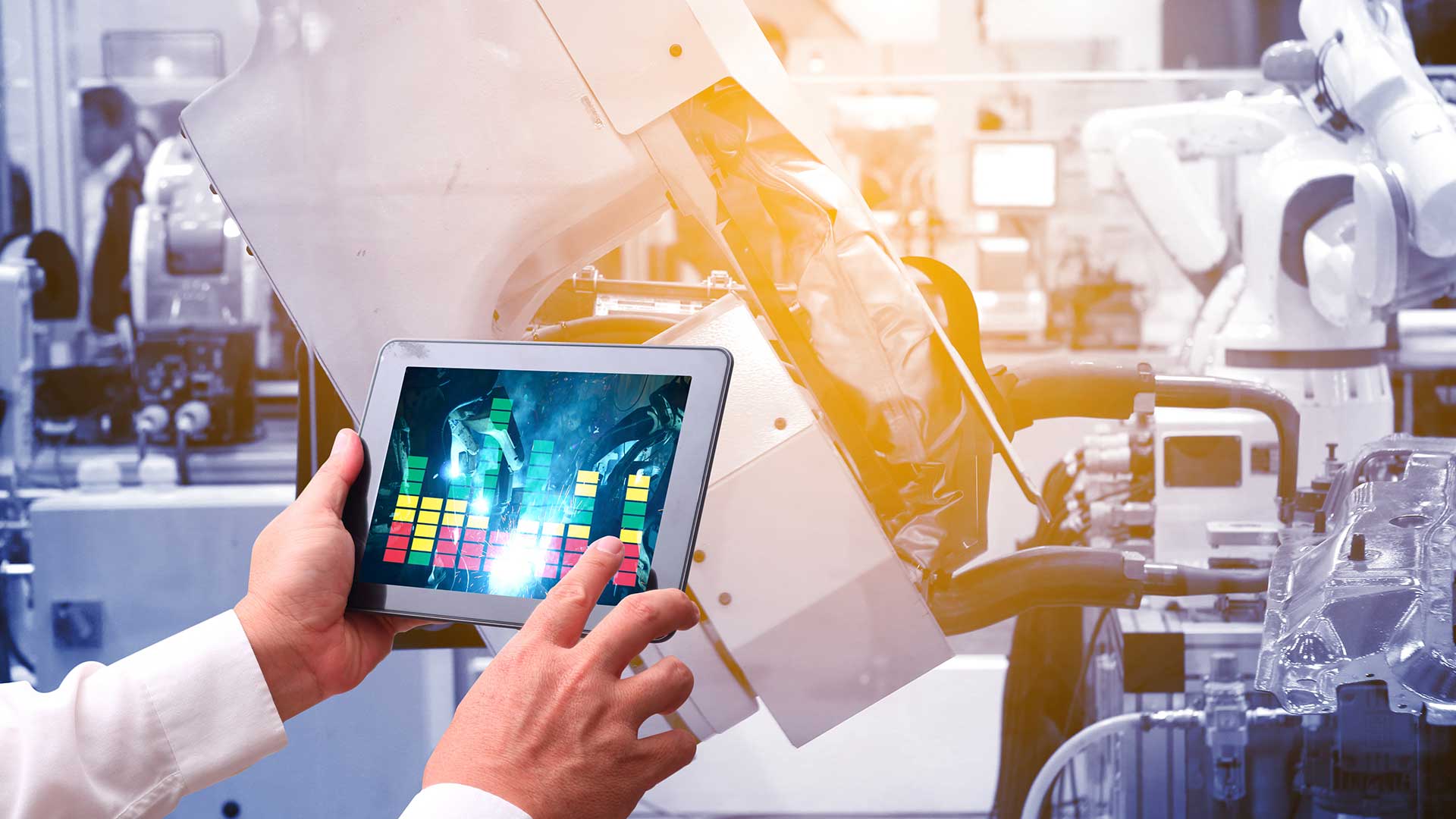Table Of Content

At Figma, we believe the personas and workflows of those who do product design and development will shift. More people will become visual creators, and existing designers will be able to create more ambitious experiences than ever before. Designers working with AI can create designs faster and more cheaply due to the increased speed and efficiency it offers. The power of AI will lie in the speed in which it can analyze vast amounts of data and suggest design adjustments. A designer can then cherry-pick and approve adjustments based on that data. The most effective designs to test can be created expediently, and multiple prototype versions can be A/B tested with users.
AI-Powered Design Tool Simplifies Antenna Integration Challenge - EE Times Europe
AI-Powered Design Tool Simplifies Antenna Integration Challenge.
Posted: Fri, 26 Apr 2024 16:37:43 GMT [source]
Most Useful AI Tools for Designers in 2024
Similar to ChatGPT, it creates a unique output from text inputs or prompts. For instance, you can ask DALL-E to generate an image of a "giant rubber duck" or a "surreal cityscape with floating buildings," and it will produce an original image matching that description. This kind of AI is part of the broader category of generative models designed to create new content. DALL-E showcases how AI can be used for artistic and creative endeavors, offering users a new way to generate visual content. In the foreseeable future, a design created by AI will automatically inherit all industry best practices, freeing designers from time-consuming activities like UI design audits. As a result, it will be possible to develop new products right during brainstorming sessions, so designers are no longer limited to low-fidelity wireframes or paper sketches.
References and Where to Learn More
As these tools evolve, the ability to distinguish between real and AI-generated content will become an increasingly valuable skill. AI is also being used to streamline project management in design collaborations, predicting potential issues and offering solutions. This integration of AI into design collaboration tools enhances team efficiency and leads to more innovative design outcomes. Overall, the hype around AI and design is well-founded, given its transformative impact on the industry. AI’s ability to enhance creativity, streamline processes and personalize products is reshaping the landscape of design, promising exciting advancements and new possibilities for the future.
Healthcare UX—Design that Saves Lives
AI algorithms are used to create fluid, complex animations that respond to user interactions in real-time. This trend towards personalization is particularly notable, with AI algorithms generating product designs that meet the unique requirements of each customer, leading to increased satisfaction and brand loyalty. Generative design, powered by AI, is also revolutionizing the field by providing a plethora of creative options, enabling the rapid generation of user interfaces, websites, images and even content ideas from simple text prompts. This allows for quicker iteration and exploration of design possibilities.
How Can Designers Adapt to New Technologies? The Future of Technology in Design
Artificial Intelligence encompasses a spectrum of capabilities, from specialized task-oriented systems to intelligence that mirrors human cognitive functions. At the core of this distinction lies the difference between Narrow AI, also known as Weak AI, and General AI, also known as Strong AI or Artificial General Intelligence (AGI). On the far left, users choose which clips they want saved to their phone.
The filmmakers needed her digital scan, Long was told, because they wanted to make sure her arms were positioned correctly in a scene where she holds a computer-generated character. Jodi Long was caught off guard by the cage filled with cameras meant to capture images of her face and body. But Intellimize — whether on the strength of its tech, partnerships or advertising — managed to establish a sizeable foothold in the market for AI-powered marketing.
They have a significant impact on how we behave, live our lives, conduct business, etc. For a few years now, various organizations across industries have implemented ML and AI solutions. After identifying a pattern, artificial intelligence aids designers in producing numerous variants. A design’s colors and patterns are extracted by the algorithm, which then generates hundreds of variations based on the range of extracted colors and patterns.
The Future of Artificial Intelligence in Design
Critical Reflection on AI from a Designer's Perspective - The Art Insider
Critical Reflection on AI from a Designer's Perspective.
Posted: Thu, 30 Nov 2023 08:00:00 GMT [source]
Unlike traditional software development, ML systems will never be “bug-free” because prediction is an innately fuzzy science. Success with Clips isn’t just about keeps, deletes, clicks, and edits (though those are important), it’s about authorship, co-learning, and adaptation over time. The images created by these bots – including eerily real-looking imaginary buildings – have become an internet sensation and led to discussions about how they could impact the future of design and architecture. AI-powered software like Autodesk uses algorithms to analyse data, identify patterns and provide insights that help designers make data-driven decisions. The software enhances the design process by reducing the time and effort that designers would have otherwise invested in manually analysing large volumes of data.
Create and collaborate with Figma
The car’s color changed as the sun charged the battery, all to the natural sounds of rustling bamboo and the sun, based on sounds collected by Nasa. Elsewhere designers continued delving into the potentials of artificial intelligence in design and production. Philippe Starck, for instance, showed furniture made in partnership with AI. Working with the Italian furniture maker Kartell, his A.I Lounge and A.I Console use recycled plastic for an interesting dialogue on materials and production.
Bias in AI-generated designs, intellectual property challenges, data privacy concerns, the possibility of AI-generated errors and the evolving role of human designers in an AI-dominated industry are key issues that need addressing. These challenges highlight the need for ongoing vigilance and adaptation in the use of AI in design. Automated design processes, such as AI-powered tools for typography selection and font pairing, are saving designers time and effort, allowing them to focus more on the overall product design. Additionally, advancements in 3D printing are driving the popularity of artificial intelligence in design, as AI can assist in creating designs ideal for 3D printing, streamlining the design and prototyping process. Printing synthetic materials is expected to be as fast and affordable as paper printing due to AI enhancements creating new opportunities.
With AI, designs are generated through prescribed algorithms, which lack the creativity and intuition that human designers possess. However, while AI is undoubtedly transforming the design industry, there are concerns about whether AI-generated designs can be considered “art” and whether it is essential to maintain human input in the creative process. Creativity is a highly valued attribute in designing and innovative thinking in the design process. Therefore, it is necessary to emphasise the role of human designers in bringing a unique perspective and intuition to the creative process.
But overall, I see a future where tools available to designers and makers in all fields continue to become more intuitive and more useful for assisting with tasks involving human creativity. And it also has potentially transformative applications in architecture and urban planning. According to a McKinsey report on the impact of generative AI, it is being used to design buildings, shape urban landscapes, and augment human designers' skill sets at integrating their work with the natural environment.

Fronty can swap out tidy code for semantically sound HTML and SCSS-based source code. Additionally, quantum computers and classical machine learning each excel at different kinds of problems. Modern deep-learning algorithms detect patterns within their training data. It’s possible that qubits can learn to encode the same patterns, but it is not clear if they are optimal for the task. That’s because qubits offer the greatest advantage when a problem is “unstructured,” meaning its data have no clear patterns to find in the first place. Imagine trying to find a name in a phone book with no alphabetization or order of any kind; a quantum computer can find that word in the square root of the time a classical computer would take.
Currently, however, most AI systems are narrow, designed for specialized tasks and lacking the broad adaptability of AGI. Achieving AGI remains the significant and ambitious objective of AI research and development. With an eye on trust and self-efficacy, we were also very intentional in the way we approached UI design. At the start of the project, that meant working through a few of our own funny assumptions about how “out-there” an AI-powered product needed to be. The starting point for our work was an assumption that we could ‘show’ the model the stuff we thought was beautiful and interesting, and it would, y’know, learn how to find more.
This is akin to having a personal design instructor available at all times, making learning design more accessible and economical. The trends in AI and design for 2024 highlight a blend of technological innovation and creative exploration, reshaping how design is approached across various fields. In this article, let’s explore the unique convergence of AI with design, a synergy that’s sparking excitement and curiosity across various industries. Click here to read the Chinese version of this article on Dezeen's official WeChat account, where we publish daily architecture and design news and projects in Simplified Chinese. One of the biggest problems with text-to-image technology is their tendency to bias, caused by their use of pools of existing images to produce new visualisations.
Let’s dive in and discover how these innovative tools can help transform your creative workflow. Differentiates real visitors from automated bots, ensuring accurate usage data and improving your website experience. You will get a digital industry-recognized course certificate every time you complete a course. Certificates never expire and can be saved as a .jpg file, so it's easy to be shared. Also, there is no limit to how many certificates you can earn during your membership.

No comments:
Post a Comment